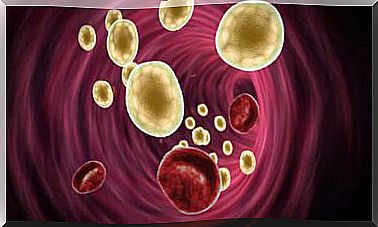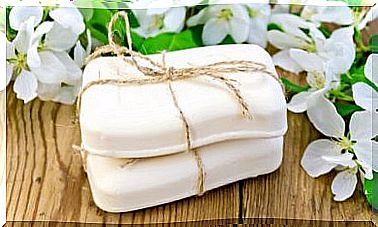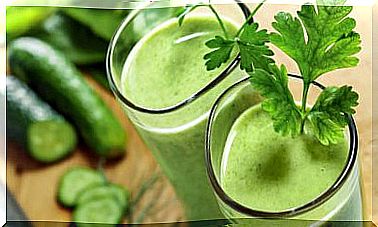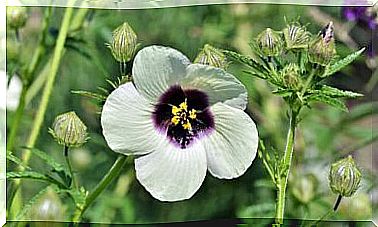7 Home Remedies For Calluses On Feet
If you’ve ever had calluses on your feet, you already know how annoying they are. Below you will discover different ways to alleviate the problems they generate and help combat them.
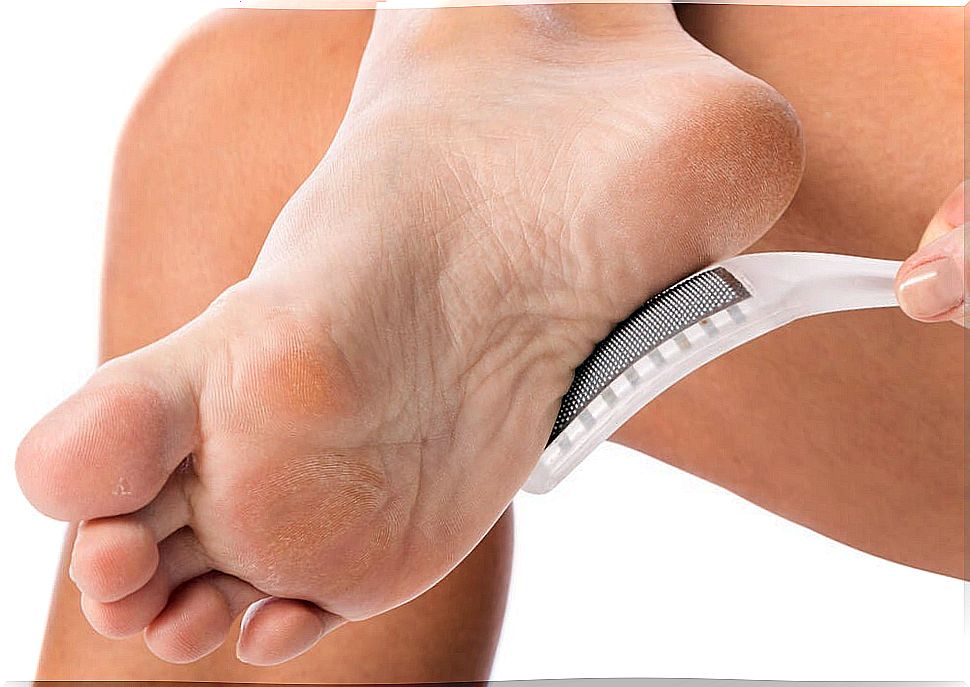
As we take care of the skin of the face, for example, we should do the same with the feet. Otherwise, different signs of damage or neglect appear. In this article you will learn about home remedies for calluses on the feet that can work as a complement to the treatment indicated by the professional.
Why do calluses appear on my feet?
The day to day tires the feet a lot. The use of heels, socks, lack of humidity, lack of exfoliation, shoes that are too tight and worn for many hours and perspiration are factors that can cause calluses.
Corns or calluses form in various areas of the feet, especially on the heels, on the side of the big or little toe, on top of the toes, or on the sole of the foot. First they are somewhat annoying and then, not receiving the proper attention, they become more and more painful.
If you have ever suffered from calluses on your feet, then you know that they are unbearable, they do not allow you to put on any shoes, you are uncomfortable all day and it shows in your mood, your productivity and even in your way of being.

If you have never had corns, it is important that you take some preventive measures. For example, put a protection in the area where callus could occur depending on the activity you do (as certain athletes do on their hands).
Also check that your shoes are comfortable, that they are neither too tight nor too loose. If they are new, place a dressing where you know you will get blisters or calluses and do not use them for many hours at a time.
It is also good that, when you return from work or get home, you take off your shoes and socks and place your feet in a container with warm water and herbs, such as chamomile (according to popular beliefs it is effective for this purpose, but there is no scientific evidence in this regard). You could also use a little apple cider vinegar instead of herbs.
If you already have corns, make friends with the well-known pumice stone, but remember to use it with caution and a lot of respect so that it does not hurt you. Always try to use it when you leave the bathroom, as the skin is softer and more pliable.
You can also use a file to remove roughness from heels, sole, and toes. Do not repeat this for more than three minutes in a row and at the end always apply a moisturizer. Remember to consult with the professional before making use of any of these alternatives.
Home remedies for corns on feet
In addition to using the pumice stone with some regularity, you can continue to resort to various home remedies, if your dermatologist authorizes it.
1 onion
A remedy for calluses consists of applying half an onion for a whole night. This is because it is considered that its acids would help soften the calloused skin and thus, when the pumice stone passes, it would be removed more easily.
For best results, it is said that the onion application should be repeated every night, just before going to bed. So that the onion is well fixed in the area, you have to put on socks.
2. Garlic
Instead of applying half an onion, you can use a garlic for the same purpose, since it is considered that its acids and sulfurous compounds would help eliminate corns and calluses. However, for the effect to be more powerful, a mixture of olive oil with garlic is prepared.
Specifically, a crushed garlic clove is combined with a heaping tablespoon of olive oil and applied to the affected area. Then, it is covered with a gauze, bandage or cloth and left to act overnight. This procedure must be repeated every day until the callus disappears.
Regarding the effectiveness of this remedy, we must point out that garlic has several nutraceutical properties studied, but few have to do with the skin. Meanwhile, olive oil has various benefits for the skin, but none specifically related to calluses.
3. Epsom salts
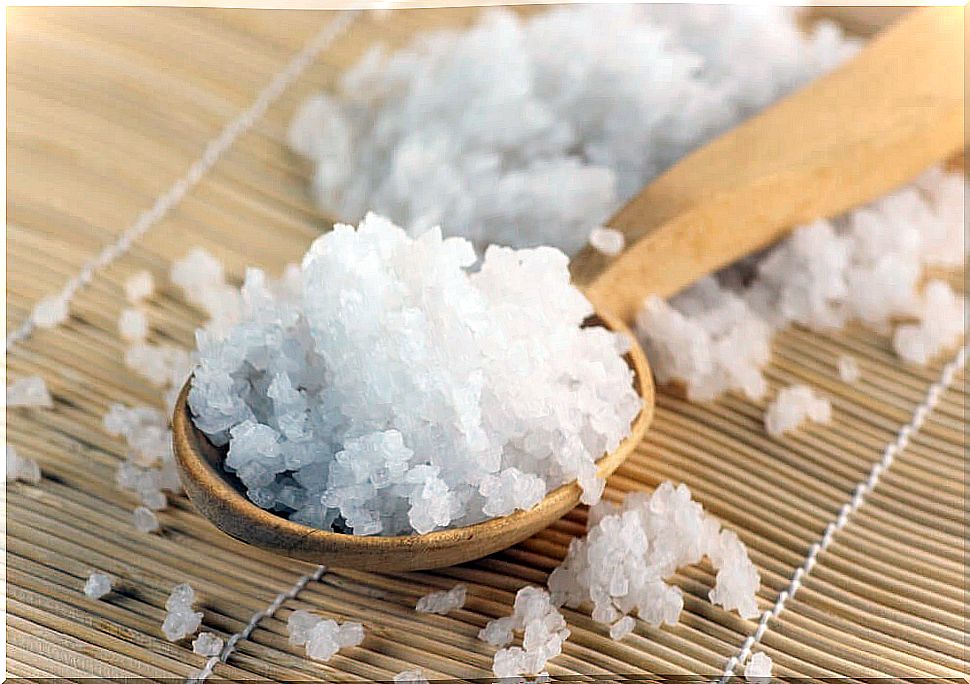
According to beliefs, a foot bath with Epsom salts – magnesium sulfate – could be useful when it comes to softening calluses. To do this, you must take a tablespoon and dilute it in a liter and a half of hot water. Then, when it is at a bearable temperature, it is transferred to a container that allows you to soak your feet for a while.
4. Calendula
Due to its anti-inflammatory properties, calendula has been widely used in various natural remedies, including those aimed at removing calluses from the feet.
You can find many calendula-based ointments to apply at night, but it is also possible to prepare an infusion of this plant and combine it with Epsom salts to soak your feet and thus soften calluses.
5. Lemon juice and vinegar
The mixture of lemon juice and vinegar is considered to be effective in fighting calluses on the feet. It should be noted that the mixture is diluted in a liter of warm water and then poured into a container where the feet can be soaked for a while.
6. Baking soda
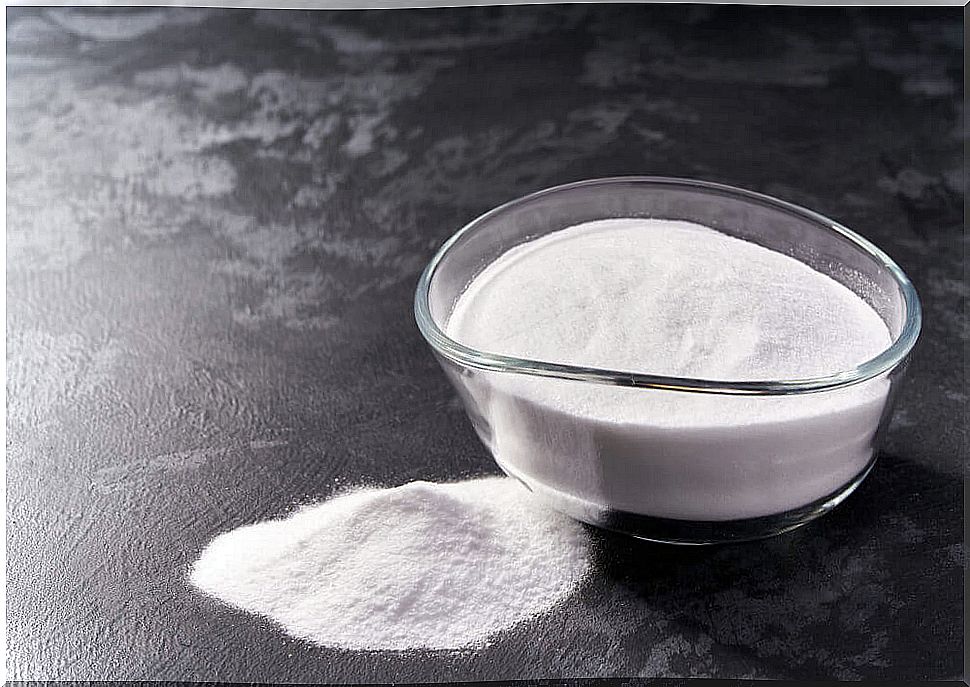
By preparing a paste of baking soda it is also possible to soften and remove corns naturally. It is enough to mix a little baking soda with water and apply it with the help of a wooden trowel on the hardened and calloused skin. Let it act for a while, between 15-20 minutes, and proceed to gently remove it with the help of the pumice stone.
At the end of this treatment it is advisable to apply a layer of Vaseline to rehydrate the skin.
8. Aspirin
According to popular wisdom, with the five aspirin powder you can prepare a paste with a similar effect to the previous one to remove corns. However, this is not only combined with a little water, but also with a little lemon juice.
Ideally, apply these mixtures for short periods of time, rinse thoroughly with plenty of water, and then gently rub the pumice stone. Never abruptly, as that way you could mistreat and break the skin.
As you can see, there are several remedies that you can use to remove calluses. They are mostly based on anecdotal data, but it seems they can help you get good results. Remember that if you have doubts about how to apply them or their effects on the skin, the ideal is that you consult your dermatologist.
